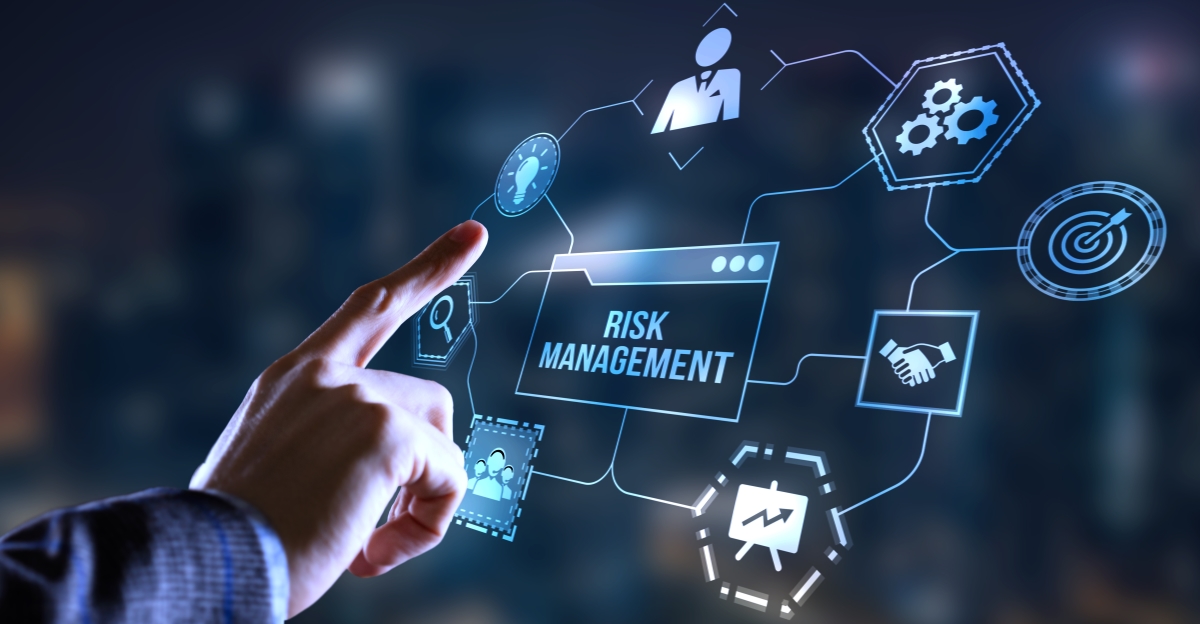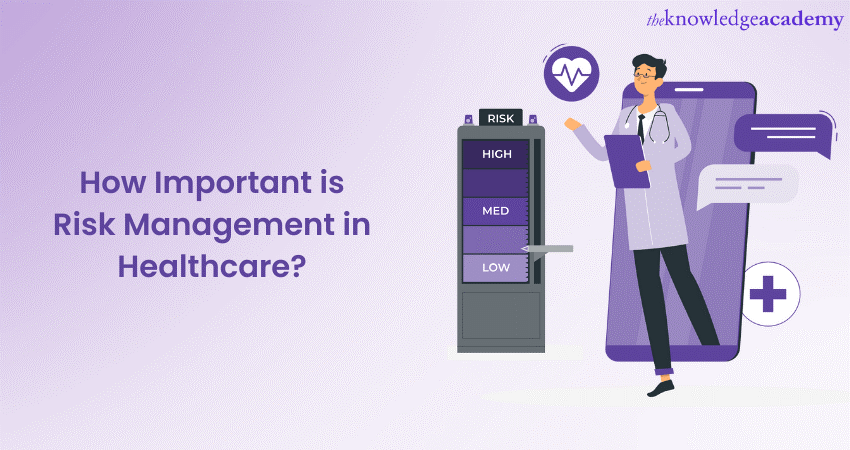Why the Importance of Risk Management Cannot Be Overlooked in Today’s Modern Economy
Why the Importance of Risk Management Cannot Be Overlooked in Today’s Modern Economy
Blog Article
Checking out the Significance of Risk Management for Effective Decision-Making Strategies
In the elaborate world of organization, Risk Management becomes a critical element in the decision-making procedure. The capacity to recognize prospective dangers and chances, and strategize as necessary, can spell the distinction between success and failure. With tools such as SWOT and PESTEL, organizations are furnished to make enlightened choices, cultivating resilience and versatility in an ever-changing setting. Wondering how this functions? Let's unload the characteristics further.
Recognizing the Principle of Risk Management
Risk Management, an important component in decision-making, is usually misinterpreted or oversimplified. Risk Management involves self-displined and organized approaches, making use of information and insightful assessments. From economic uncertainties, lawful obligations, strategic Management mistakes, to mishaps and all-natural calamities, it addresses different risks - importance of risk management.
The Duty of Risk Management in Decision-Making Processes
In the world of tactical planning and service operations, Risk Management plays an important role in decision-making procedures. It aids in identifying possible risks and unpredictabilities that can influence the accomplishment of organization goals. By mapping these risks, business can create methods to minimize their effect, ensuring service connection and stability. Risk Management hence ends up being an essential tool in decision-making, helping leaders to make educated selections based upon an extensive understanding of the threats involved. It encourages a positive strategy, enabling organizations to prepare and prepare for for possible future scenarios. This substantially reduces the probability of adverse effects, advertising a lot more reliable and efficient decision-making methods. Risk Management serves as a crucial part in the decision-making procedures of any type of organization.

Exactly How Risk Management Enhances Strategic Planning
In the context of calculated preparation, Risk Management plays a critical role. Initiating with the recognition of prospective risks, it further encompasses the implementation of Risk mitigation procedures. The function of Risk Management is not static yet vibrant, as it demands constant surveillance and adjusting of approaches.
Determining Potential Threats

Carrying Out Risk Reduction
Risk reduction approaches can range from Risk avoidance, Risk transfer, to risk decrease. Each technique should be customized to the specific Risk, considering its potential effect and the organization's Risk tolerance. Reliable Risk reduction requires a deep understanding of the Risk landscape and the possible effect of each Risk.
Tracking and Adjusting Methods
Though Risk mitigation is her latest blog an important step in tactical planning, continuous surveillance and modification of these techniques is just as vital. It likewise offers a possibility to evaluate the success of the Risk Management actions, allowing modifications to be made where required, further enhancing strategic preparation. Surveillance and changing Risk Management approaches is a critical part for improving an organization's strength and calculated planning.
Situation Studies: Successful Risk Management and Decision-Making
In the globe of company and money, successful Risk Management and decision-making often serve as the columns of flourishing business. These cases highlight the worth of sharp Risk Management in decision-making processes. These situations highlight the vital role of Risk Management in strategic decision-making.
Devices and Strategies for Efficient Risk Management
Browsing the intricate labyrinth of Risk Management calls for the best collection of strategies and tools. These tools, such as Risk registers and warm maps, aid in recognizing and examining possible threats. Strategies consist of both quantitative techniques, like level of sensitivity analysis, and qualitative techniques, such as SWOT evaluation. These aid in prioritizing risks based on their prospective influence and probability. Risk action approaches, a key component of Risk Management, include approving, preventing, transferring, or mitigating dangers. Monitoring and managing dangers, with normal audits and evaluations, make certain that the strategies remain efficient. With these devices and methods, decision-makers can browse the facility landscape of Risk Management, consequently facilitating informed and effective decision-making.
Future Fads in Risk Management and Decision-Making Techniques
As we check out the large landscape of Risk Management, it ends up being obvious that the tools why not check here and techniques made use of today will certainly remain to develop. Future trends point in the direction of a boosted reliance on innovation, with synthetic intelligence and machine understanding playing substantial functions. These technologies will certainly allow organizations to forecast prospective risks with greater precision and make more informed choices. Furthermore, there will be an expanding emphasis on resilience, not simply in handling risks but additionally in getting better from unfavorable situations. The principle of Risk society, where every member of a company is aware and involved in Risk Management, will certainly get more importance. These trends advertise an even more positive and inclusive technique in the direction of Risk Management and decision-making.
Final thought

Risk Management thus comes to be a vital device in decision-making, assisting leaders to make educated choices based on an extensive understanding of the dangers included. Risk reduction methods can range from Risk avoidance, Risk transfer, to take the chance of decrease (importance of risk management). Effective Risk reduction requires a deep understanding of the Risk landscape and published here the possible effect of each Risk. Risk response approaches, a crucial element of Risk Management, involve approving, avoiding, moving, or mitigating dangers. The concept of Risk culture, where every participant of a company is aware and entailed in Risk Management, will obtain a lot more prominence
Report this page